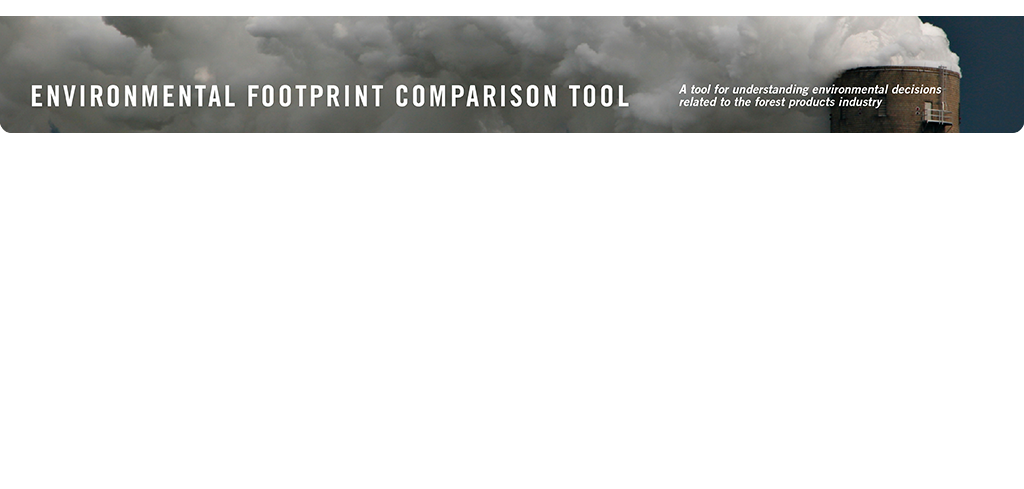
Emissions of sulfur oxides (SOx) and nitrogen oxides (NOx) are dependent upon the choice of fuels
burned, by virtue of their chemical composition, and combustion properties. For example, fuels that are
higher in nitrogen content have a potential for greater uncontrolled NOx emissions. Wood residuals, by
virtue of their moisture content, may not be as energy efficient, but offer combustion properties less
conducive to NOx emissions.
NOx control is approached principally through combustion modifications. These modifications have
attributes, limitations, and trade-offs � dependent, in part, upon the configuration of the sources to which
they are applied.
Resources are also required to manufacture and operate emission control systems. Therefore, there are
potential trade-offs accompanying the benefits of NOx emission controls that are outside the bounds of
the combustion sources to which they are applied.
Follow the links to the right for more information.

More information:
Technology options
Power boiler NOx
Recovery furnace NOx
Lime kiln NOx
TRS incineration NOx
Beyond the source
